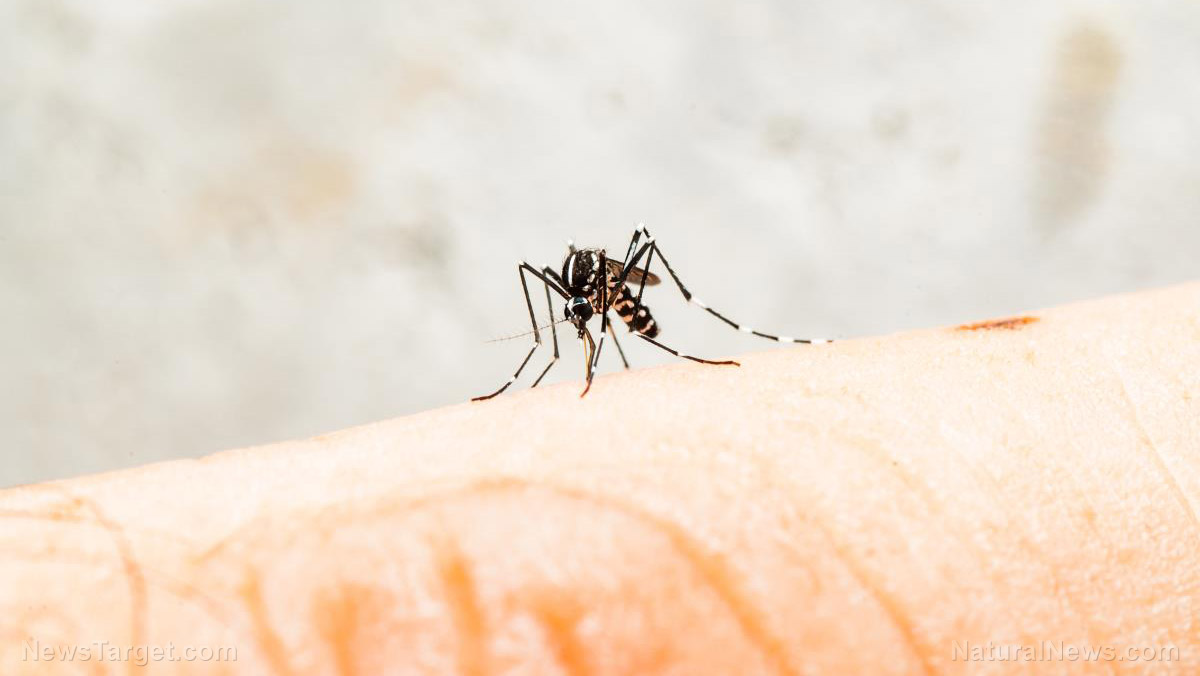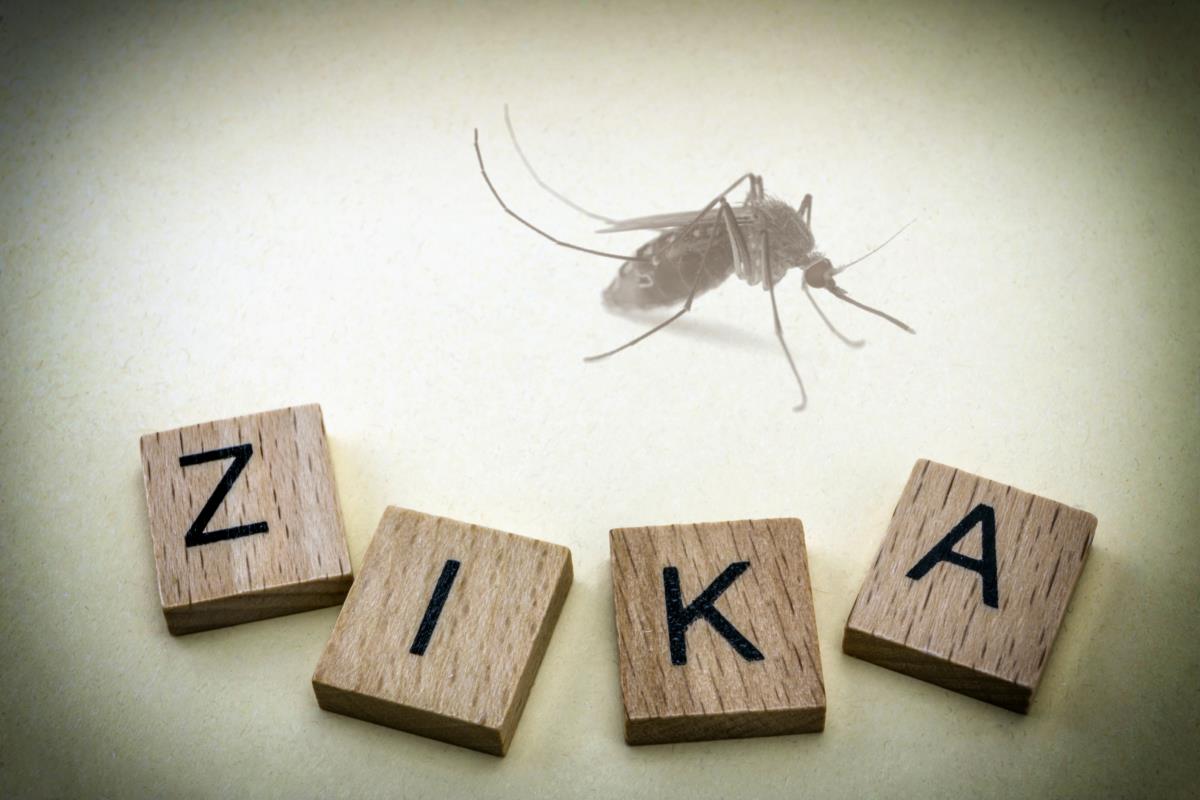New study says novel coronavirus (CoVid-19) likely has R0 value as high as 6.6
02/17/2020 / By Ethan Huff

Researchers from the Los Alamos National Laboratory in New Mexico have pre-published a new study in the journal medRxiv (associated with the British Medical Journal) that says the actual basic reproductive number, or R0, for novel coronavirus is somewhere between 4.7 and 6.6, as opposed to the 2.2 to 2.7 range being claimed by government health authorities.
While the study has not yet been peer-reviewed as of this writing, its abstract explains that “extensive individual case reports” on this constantly evolving global outbreak reveal that the R0 estimates put forth by those “in charge” are essentially flawed.
After evaluating these case reports and assessing them alongside estimated key epidemiology parameters, including the virus’ incubation period – we now know the incubation period to be closer to a month as opposed to just two weeks – the team determined that each coronavirus-infected person can potentially infect nearly seven others with the disease.
“Integrating these estimates and high-resolution real-time human travel and infection data with mathematical models, we estimated that the number of infected individuals during early epidemic double every 2.4 days, and the R0 value is likely to be between 4.7 and 6.6,” the paper explains.
Be sure to check out the following episode of The Health Ranger Report in which Mike Adams, the Health Ranger, discusses how the number of coronavirus infections exploded by 33 percent in just one day, recently:
Quarantines aren’t enough to contain novel coronavirus, paper warns
The paper in question goes on to warn that the measures currently being implemented to address novel coronavirus, especially outside of the United States, aren’t enough to contain it. Instead, it argues, much more needs to be done to prevent a potential global pandemic situation where the virus becomes completely out of control.
“We further show that quarantine and contact tracing of symptomatic individuals alone may not be effective and early, strong control measures are needed to stop transmission of the virus,” it eerily states.
One can only surmise that this is implying medical martial law, which we’re already seeing take place throughout communist China as entire cities with millions of people living in them are brought under mandatory lockdown and quarantine.
If things continue on as they are and the virus isn’t contained, we’ll likely see similar developments here in the U.S., sorry to say. That’s because one way or another, novel coronavirus is going to impact our country, whether by mass infection or mass implosion of the economy, if not both.
Right this moment, countless Chinese factories that produce goods for the U.S. and other markets are sitting empty and closed due to quarantines and lockdowns. The Chinese people who normally work at them are being told they have to stay home for public safety, which means nothing is being manufactured.
What this means is that it’s only a matter of time before stores here in America are empty, especially those that sell products that are mostly made in China. Even if the number of coronavirus cases here on our soil never breaches 100, many of the Chinese products upon which most of us rely could still disappear virtually overnight if supplies eventually run dry.
This is a major consequence of globalism, of course, as the entire “machine” stands to collapse if even just one crucial component breaks down. In this case, that component is Chinese manufacturing, which accounts for most of the manufacturing that we currently rely on to live in the modern age.
For more of the latest coronavirus news, be sure to visit Outbreak.news.
There are also many more episodes of The Health Ranger Report that talk about coronavirus at Brighteon.com.
Sources for this article include:
Tagged Under: contagious, coronavirus, disease, global emergency, infection, infections, novel coronavirus, outbreak, pandemic, R0, study, transmissivity, virus, Wuhan coronavirus
RECENT NEWS & ARTICLES
ImmuneSystem.News is a fact-based public education website published by Immune System News Features, LLC.
All content copyright © 2018 by Immune System News Features, LLC.
Contact Us with Tips or Corrections
All trademarks, registered trademarks and servicemarks mentioned on this site are the property of their respective owners.


















